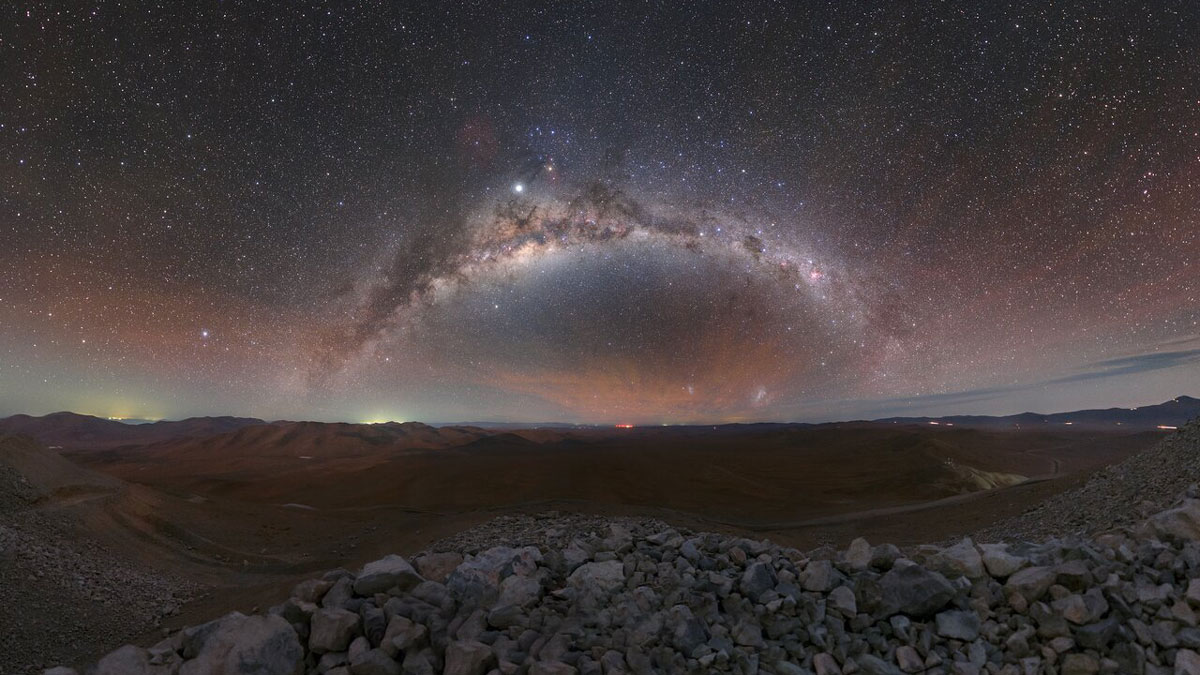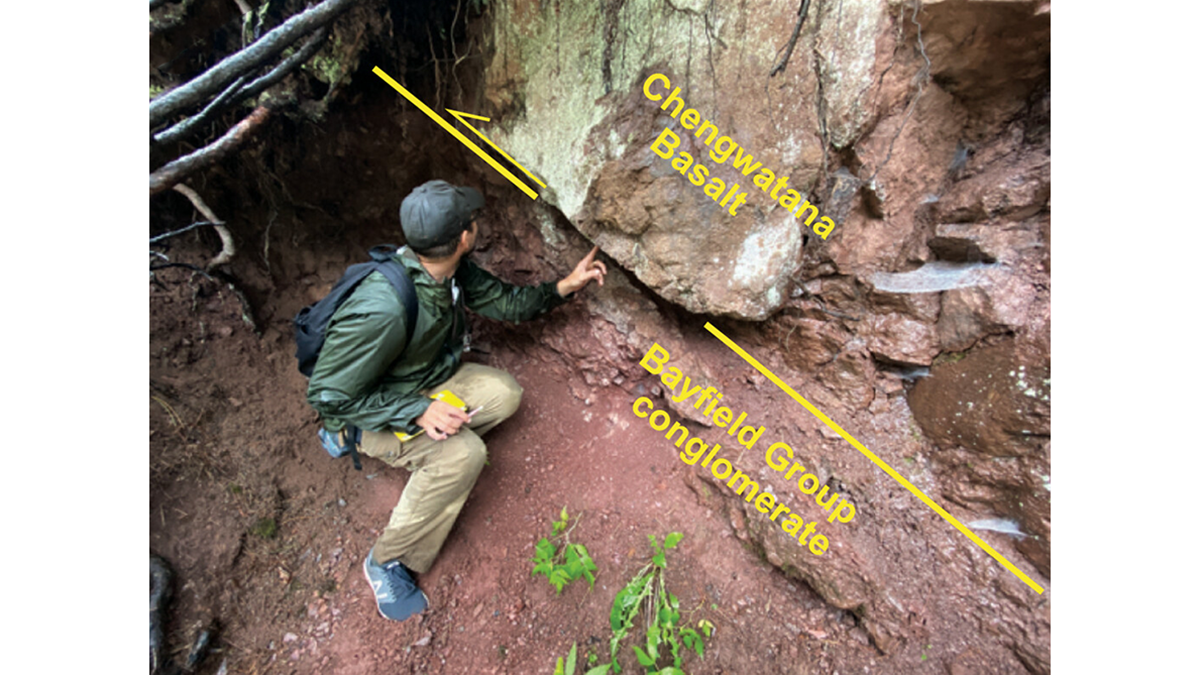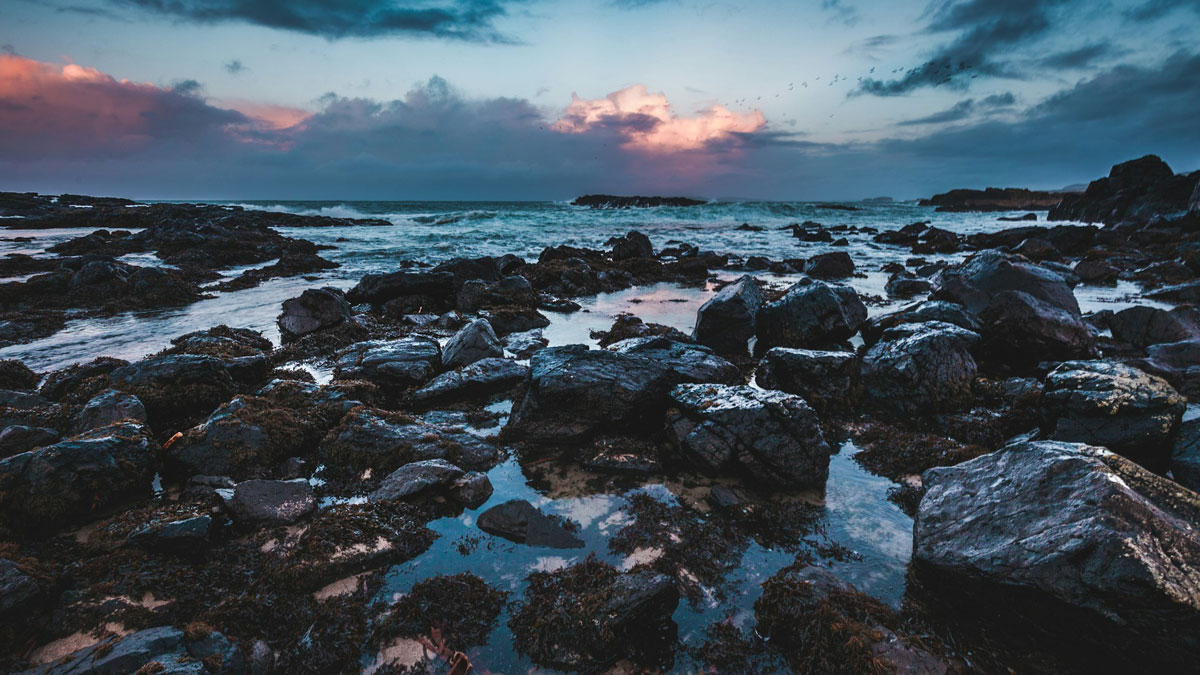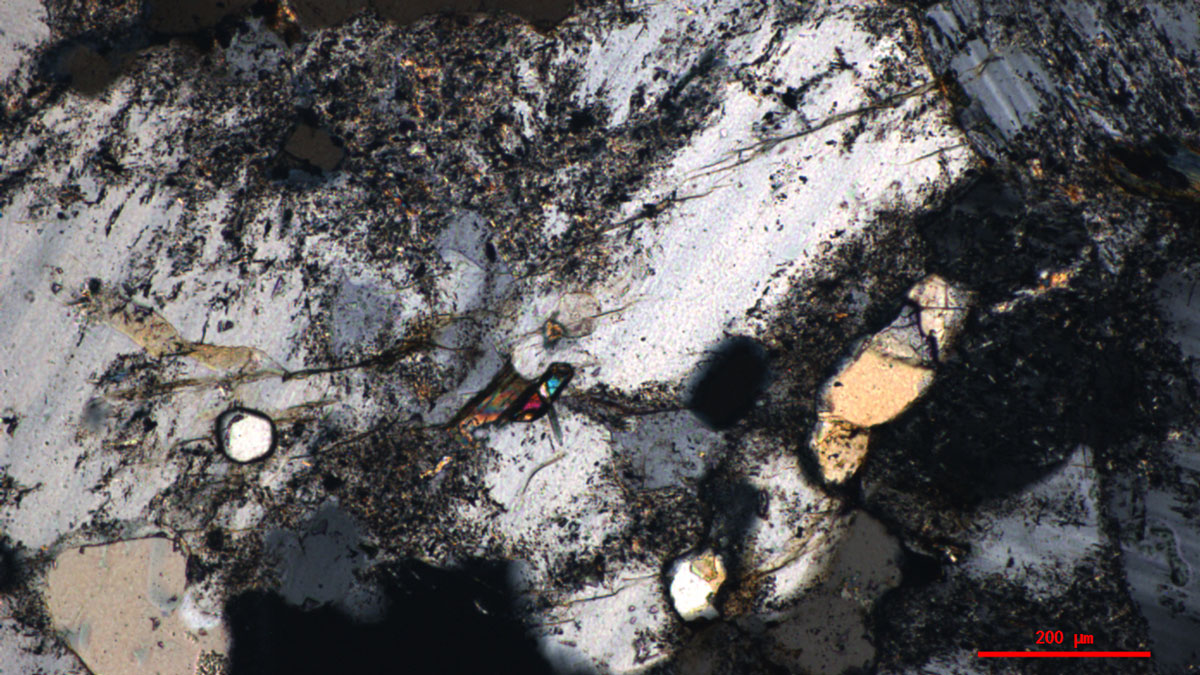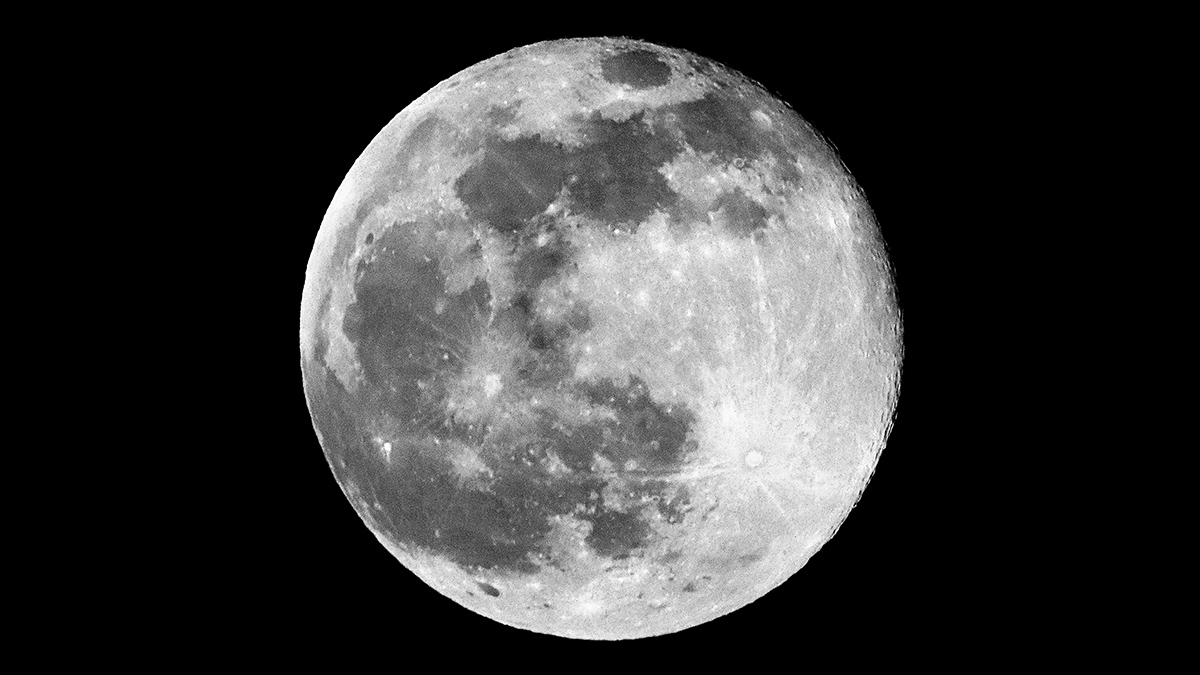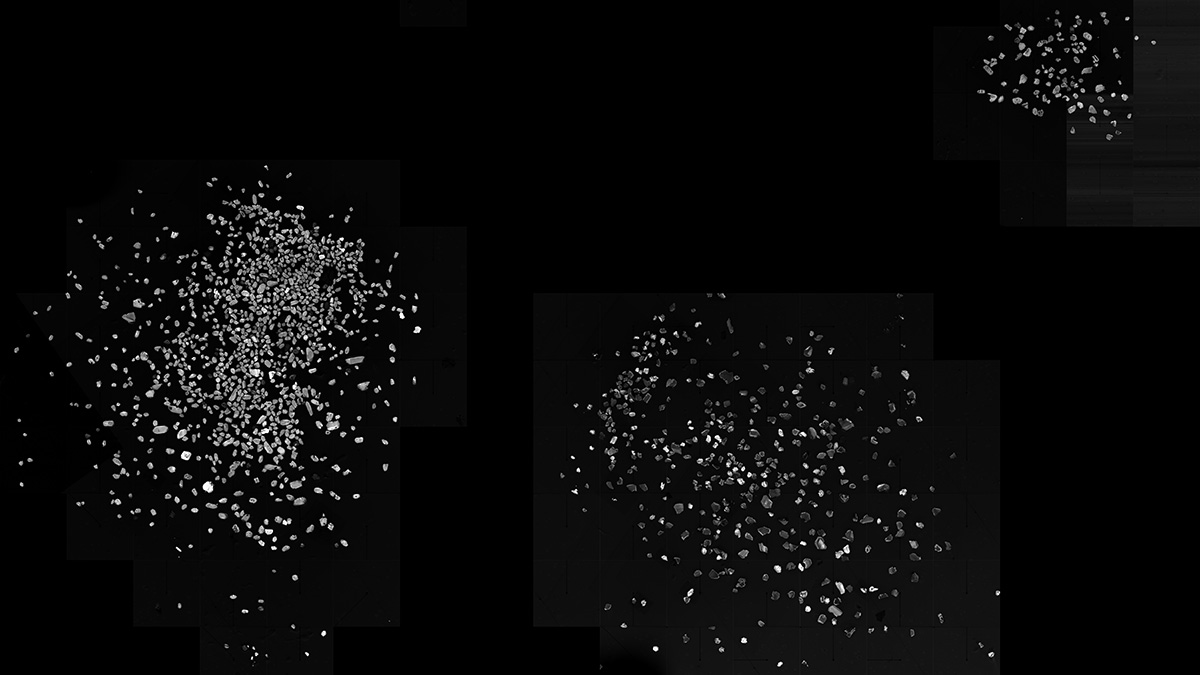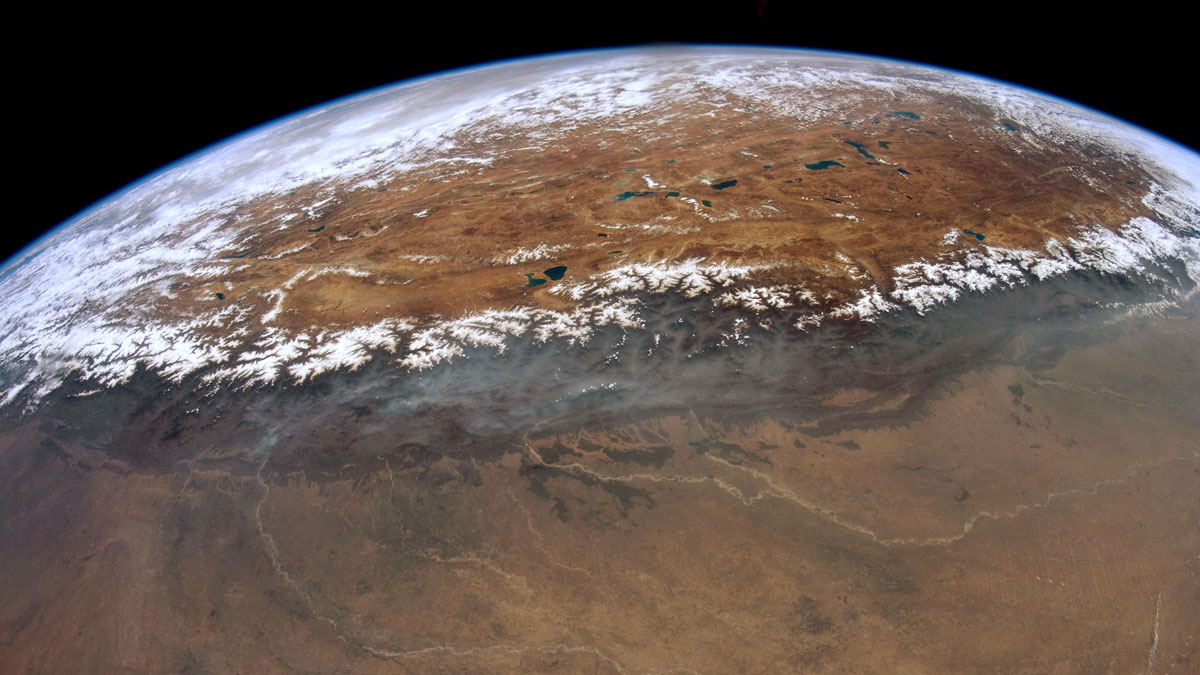Researchers found signs of melting in zircon crystals in the crust that correspond to our planet’s journey through the galaxy’s spiral arms.
zircons
Structural Inversion of an Intracratonic Rift System in Deep Time
A new study reconstructs how an ancient North American rift system was uplifted in space and time due to subsequent continent-continent collision.
Circones de 4,000 millones de años podrían contener nuestras evidencias más antiguas de la existencia de agua dulce
Cristales australianos apuntan a la existencia de agua dulce, así como de continentes que se elevaban sobre el océano Hadeano de la Tierra.
Four-Billion-Year-Old Zircons May Contain Our Earliest Evidence of Fresh Water
Australian crystals hint at fresh water, as well as land rising above Earth’s Hadean ocean.
Tracing Millions of Years of Geologic Stress in the Andean Plateau
Paleostress modeling shows how a region of the Andean Plateau was uplifted and formed beginning more than 20 million years ago.
Mantle Heat May Have Boosted Earth’s Crust 3 Billion Years Ago
Information from igneous zircon molecules gives researchers new insight into the workings of inner Earth.
La Luna es incluso más antigua de lo que los científicos pensaban
¿Cómo se formó la Luna y cuántos años tiene? La datación más precisa hasta el momento del satélite más grande de la Tierra determinó que es mucho más antigua de lo que se pensaba previamente.
The Moon Is Even Older Than Scientists Thought
How did the Moon form and how old is it? The most precise dating yet of Earth’s largest satellite found that it is much older than previously thought.
Prospecting for Copper with Machine Learning and Zircons
Using artificial intelligence, researchers can now identify zircons derived from valuable copper deposits.
研究揭示尼泊尔西部喜马拉雅港湾状地形的形成
研究人员通过热运动学研究发现,沿着板块汇聚界面大型逆冲断层在中下部地壳深处的地壳物质堆叠塑造了高原的生长和区域水系的发育。

